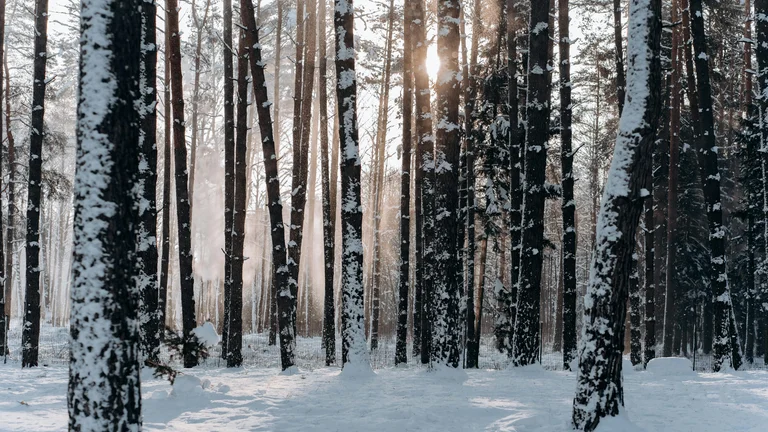Exploring the Outlaw Archetype

The Good, the Bad and the Ugly is a film that plays with the concept of the outlaw, creating characters that embody various traits of this archetype. The film’s three main characters—Blondie, Tuco, and Angel Eyes—exemplify different aspects of outlaw mythology. They each operate outside the law, but their motivations and moral codes differ significantly. This nuanced portrayal invites viewers to reflect on the complexity of the outlaw's role in society.
The Outlaw and Society
In the American West, outlaws were often seen as rebels against an oppressive establishment. This film captures this sentiment, positioning its characters as anti-heroes in a lawless land. The dynamic landscapes and civil unrest depict a society where the rule of law is absent, leading individuals to define morality on their terms. The outlaw becomes a figure of freedom, but also of violence and betrayal, complicating the romantic notions often associated with these characters.
Morality and the Outlaw
Morality in The Good, the Bad and the Ugly is fluid. Each character embodies a form of morality that is influenced by self-interest and survival instincts. Blondie, despite being the 'good' character, participates in deception and betrayal. In contrast, Tuco’s crude methods contrast sharply with his moments of vulnerability. Angel Eyes personifies the darker side of humanity, illustrating the extremes of violence. This complex moral landscape challenges viewers to reconsider their definitions of good and evil.
The Impact of the Outlaw Myth
The portrayal of outlaws in this film has had a lasting impact on American popular culture. The visual and narrative style has influenced countless films and shows in the Western genre. The myth of the outlaw as a captivating figure remains. Its complex representation of outlaws serves to both glorify and critique their choices. The film pushes audiences to examine their fascination with outlaw culture, raising questions about justice, morality, and the law.
The Eternal Appeal of the Outlaw
Ultimately, the outlaw myth endures in our cultural landscape. Outlaws symbolize resistance against authority and the fight for personal freedom, often resonating with audiences seeking escapism. Even in modern storytelling, this archetype invites praise and criticism. The Good, the Bad and the Ugly exemplifies this duality, creating a space where audiences can engage with the allure of rebellion and the darker consequences of a lawless life.
FAQ
What is the significance of the outlaw myth in The Good, the Bad and the Ugly?
The outlaw myth serves to explore themes of morality, freedom, and rebellion against authority, showcasing complex characters who embody various aspects of this archetype.
How do the characters in the film represent different outlaw traits?
Blondie represents the 'good' but morally ambiguous outlaw, Tuco embodies the rough and impulsive nature, while Angel Eyes showcases the darker, ruthless side of outlaw behavior.
What impact did The Good, the Bad and the Ugly have on popular culture?
The film has influenced the Western genre, shaping modern portrayals of outlaws and society's fascination with anti-heroes.
The myth of the outlaw in The Good, the Bad and the Ugly explores the complex nature of morality and freedom. Through its characters, the film challenges conventional beliefs about good and evil, showcasing the outlaw as both a rebellious symbol and a deeply flawed individual.
Conclusão sobre The myth of the outlaw in The Good, the Bad and the Ugly.